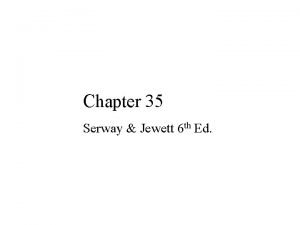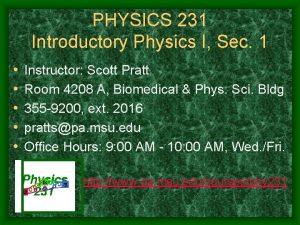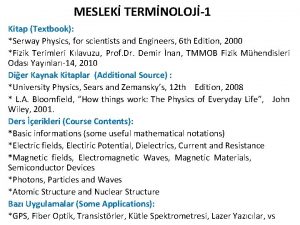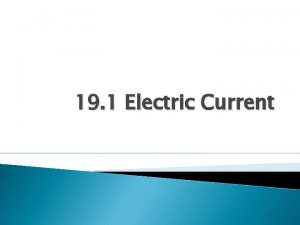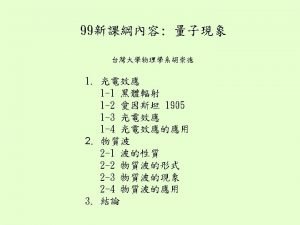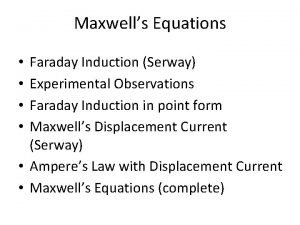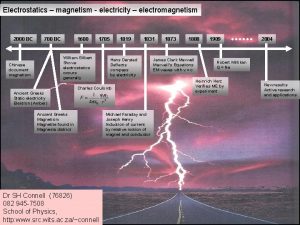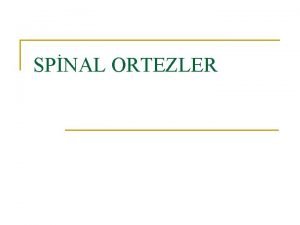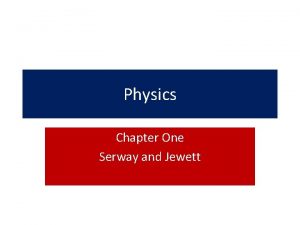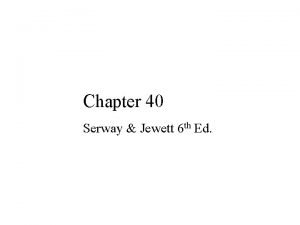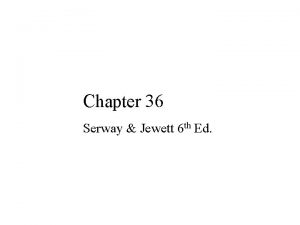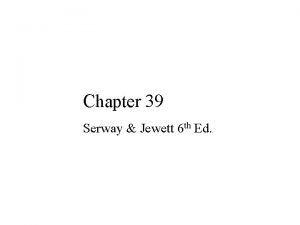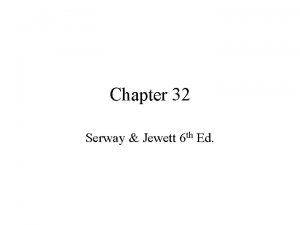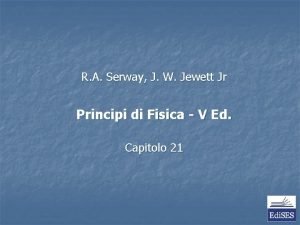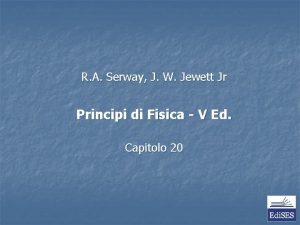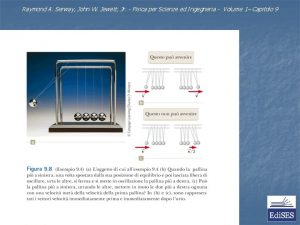Chapter 41 Serway Jewett 6 th Ed God













- Slides: 13

Chapter 41 Serway & Jewett 6 th Ed.

“God does not play dice with the Universe” … Einstein was very unhappy about this apparent randomness in nature. His views were summed up in his famous phrase, 'God does not play dice'. He seemed to have felt that the uncertainty was only provisional: but that there was an underlying reality, in which particles would have well defined positions and speeds, and would evolve according to deterministic laws, in the spirit of Laplace. This reality might be known to God, but the quantum nature of light would prevent us seeing it, except through a glass darkly. From public lecture by Stephen Hawking http: //www. hawking. org. uk/lectures/dice. html Einstein's view was what would now be called, a hidden variable theory. Hidden variable theories might seem to be the most obvious way to incorporate the Uncertainty Principle into physics. They form the basis of the mental picture of the universe, held by many scientists, and almost all philosophers of science. But these hidden variable theories are wrong. The British physicist, John Bell, who died recently, devised an experimental test that would distinguish hidden variable theories. When the experiment was carried out carefully, the results were inconsistent with hidden variables. …

Potential Vo -a 0 x a Fig 41 -7, p. 1334

Wave Function -a 0 a Fig 41 -4 a, p. 1328

Probability Density max prob. of finding the particle zero prob. of finding the particle -a 0 a Fig 41 -4 b, p. 1328

Energy Levels Fig 41 -5, p. 1328

Finite Well Potential Fig 41 -8, p. 1335


Fig 41 -9, p. 1336



Harmonic Oscillator E = (n+ ½ ) ħ Fig 41 -14, p. 1342

Fig 41 -15, p. 1342
